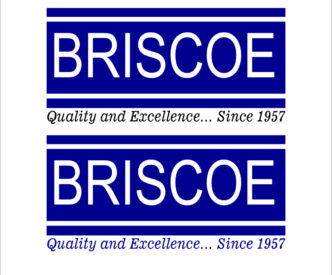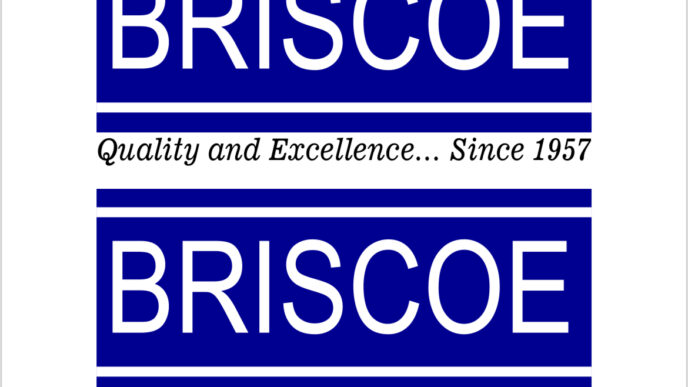BY DR. AKINWANDE PUDDICOMBE
In the early 2000s, Sweden had and adopted the concepts and ideals behind Tobacco Harm Reduction when it introduced Snus, a smokeless tobacco product that has since become a national phenomenon. Snus is placed under the upper lip and does not require smoking.
Its popularity in Sweden has contributed to a significant public health triumph. Today, over 20% of Swedish men use Snus, and smoking rates have plummeted. The country’s tobacco-related death rate has also dropped dramatically, with some estimates suggesting a 50% reduction. This remarkable shift showcases the potential of THR to drastically improve public health outcomes.
Sweden is not alone in its THR success. Japan has also embraced the concept with the introduction of heated tobacco products (HTPs). Unlike traditional cigarettes, HTPs heat tobacco without burning it, significantly reducing the production of harmful chemicals. These products have rapidly gained popularity in Japan, with over 10% of Japanese smokers switching to HTPs in just a few years. The results are impressive: a study by the Japanese Ministry of Health found that HTPs reduced smoking-related biomarkers by up to 90%, (Japanese Ministry of Health, Labour and Welfare. (2019). Study on the Use of Heated Tobacco Products (HTPs). This demonstrates that THR can be effectively implemented on a large scale, leading to substantial health benefits.
So, how does THR work? The concept is straightforward: by providing smokers with safer alternatives, we can reduce their exposure to harmful tobacco by-products. Traditional tobacco products, like cigarettes, produce thousands of harmful chemicals when burned, many of which are responsible for smoking-related diseases. Reduced-risk products, however, significantly lower the presence of these harmful chemicals, thus reducing health risks.
Snus: Research has shown that Snus can reduce the incidence of smoking-related diseases by up to 90%. This smokeless product bypasses the combustion process entirely, eliminating many of the harmful byproducts of burning tobacco.
HTPs: Heated tobacco products have been found to reduce harmful chemicals by up to 90%. By heating rather than burning tobacco, these products offer a much safer alternative to traditional cigarettes.
E-cigarettes: E-cigarettes, also known as ‘Vapes’, which vaporize a liquid solution containing pharmaceutical-grade nicotine (same as in Nicotine Replacement Therapy (NRT) products, have been shown to have at least a 95% reduced risk profile when compared with combustible cigarettes. The vapour produced by e-cigarettes contains far fewer harmful substances compared to cigarette smoke.
Oral nicotine pouches: They are a tobacco-free, oral nicotine product that uses a similar concept to snus. They contain nicotine, flavourings, and sweeteners, but no tobacco.
These pouches are designed to be placed between the upper lip and gum, where they dissolve slowly, releasing nicotine and flavour. They come in various flavours and nicotine levels, offering a convenient and discreet way to manage nicotine cravings without the harmful effects of tobacco.
The benefits of THR are numerous and profound, impacting both individual health and public health on a broader scale:
1. Reduced smoking-related deaths: By switching to Reduced-risk products, smokers can significantly reduce their risk of smoking-related diseases, such as lung cancer, heart disease, and chronic obstructive pulmonary disease (COPD).
2. Increased quit rates: Reduced-risk products have been shown to increase quit rates by up to 50%. Many smokers find these alternatives more acceptable and easier to transition to than quitting cold turkey.
3. No second-hand smoke: Most reduced-risk products eliminate second-hand smoke, protecting non-smokers from harmful tobacco products. This is especially important in densely populated areas where second-hand smoke exposure is a significant public health concern.
Nigeria, with over almost 30,000 tobacco-related deaths per year, has one of the highest smoking rates in Africa. The burden of tobacco-related diseases is substantial, straining the country’s healthcare system and impacting the well-being of its citizens. However, there is hope. By embracing THR, Nigeria can reduce tobacco-related harm and improve the health of its population.
The introduction of safer alternatives, such as e-cigarettes and HTPs, could provide Nigerian smokers with viable options to reduce their health risks. Education and awareness campaigns are essential to inform the public about these alternatives and their benefits. Policymakers must also create a supportive regulatory environment that encourages the adoption of reduced-risk products while ensuring their safety and efficacy.
Tobacco harm reduction is not a silver bullet, but it is a powerful tool in the fight against tobacco-related harm. By providing smokers with safer alternatives, we can reduce smoking-related diseases and deaths, improve public health, and protect non-smokers from second-hand smoke exposure. It’s time for policymakers, healthcare professionals, and the general public to recognize the potential of THR and work towards a safer future.
The success stories from Sweden and Japan demonstrate that THR can lead to significant public health improvements. By learning from these examples and implementing THR strategies tailored to local needs, countries like Nigeria can make substantial progress in reducing the harm caused by tobacco. Let us join forces to create a world where tobacco-related harm is a thing of the past, and where safer alternatives pave the way for a healthier future.
The writer is BAT West & Central Africa’s Scientific Engagement Manager for New Category Products.
Add a comment












